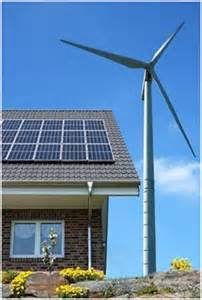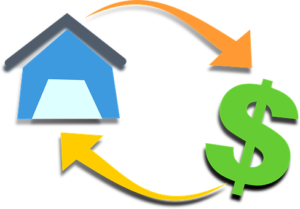HERO AND PACE PROGRAMS – ARE THEY REALLY HEROES?
Do you ever feel satisfied and happy when you obtain something so easily that it feels unreal? Of course, not! Satisfaction and enjoyment come from some resistance, hard work, and some challenge. And yet, when it comes to one’s home, the biggest investment in one’s life, many people have jumped to obtain the Home Energy Renovation Opportunity (HERO), https://en.wikipedia.org/wiki/HERO_Program, which is a Property Assessed Clean Energy (PACE) program https://en.wikipedia.org/wiki/PACE_financing and continue to do so in order to retrofit their homes.
Types of residential and commercial retrofitting:
- installing energy-efficient, water conservation retrofits
- seismic retrofits
- solar panels
- energy efficient windows
- energy-efficient heating and air systems

The PACE loan program was introduced in 2008 to finance energy and other retrofits with ease and very few requirements or disclosures. To qualify for this loan, homeowners need to have equity in their homes, so credit scores do not matter. It is also 100% financing with no money down from the homeowner. So far PACE sounds enticing and an amazing way to lower one’s utility bills by doing certain retrofits. Well, it really depends on your future plans, and if you have to sell the home, as this loan is designed to pass the debt unto the new homeowners, which might not make them happy.

HOW DOES PACE IMPACT BUYERS AND SELLERS?
- Due to the fact that repayments of the PACE loan are made through the property taxes.
- The house has higher property taxes than a similar home on the same street with no PACE loan on.
- Sellers will leave debt behind to the new homeowners who assume all these upgrades whether they want them or not.
- PACE is shown on the preliminary title report as a first lien.
- The property taxes will reflect the additional assessment fees incurred through the PACE loan.
- New owners assume the remaining assessment payments, or sellers are forced to reduce the selling price of the home to make the sale go through.
- Interest rates can be 3 to 4% higher than traditional loans.
- Having a PACE loan might be the only way for some homeowners to install a new HVAC system or new windows, but be prepared for the future impact when reselling the house, as it is not as easy to sell in comparison with a debt-free home.
- Are the upgrades worth it in the long run? Sure, they are, but think of how long you will live in that house before getting this loan.
- To sum thing up, pace yourselves when it comes to PACE and think of the future plans and the impact of trying to pass debt to the new homeowners. We all know that debt is not sexy!

2017 NEW LAWS REGARDING PACE PROGRAMS
Under the new law, which took effect Jan. 1, entities that offer PACE financing providers are required to do the following:
- Provide homeowners with a standard written financial disclosure similar to the federal Truth in Lending Act disclosure.
- Give the applicants the right to cancel PACE contract within three days.
- It limits the amount a homeowner can borrow.
- It specifies that homeowners must own the property on which the home sits, be current on their mortgage and property taxes, and not in default or involved in bankruptcy proceedings.
When things sound too good to be true, most often they are, so be aware of the potential future hurdles when selling or buying a home under this program. Maybe try to qualify for a standard loan instead, as well as understand that it can take up to 20 years to break even on a solar system and that the money saved on energy bills is not that significant.
Do your homework, and let me know if I can answer any questions.
For more info on running and real estate, whether buying or selling, please e-mail me at carmenmicsa@yahoo.com, or call me at 916-342-2446. Running for real estate with joy!

